Planning—For the Long Term
All of us like a good plan. We may not always agree with the plans that are presented to us, in particular for organizations in which we work, but what’s worse is not having a plan at all. We don’t know where we’re going. We don’t know what to do. We wonder what’s next. But how do we plan in such uncertain times?
That’s the real question being asked in an article from the NonProfit Times on long-range planning. How is it possible to plan long-term when there’s so much turbulence every day? And how do we define long-term now versus in the past? It brings up critically important discussion points.
First, which is traditional, plans aren’t meant to be placed in concrete where they can’t change. Plans are a guide to where we’re going. And they have to be flexible enough to change with different circumstances. Take for example the pandemic. If you had a plan in November or December 2019 and weren’t willing to adjust, you’re probably struggling now. The pandemic changed everything. It didn’t mean that the plan reverts 180° in the wrong direction but smart organizations shifted 10°, 15°, or 20° either left or right of their intended plan based on circumstances.
Second, long-term goals aren’t the same as short term objectives. Long-term goals are more based on what the organization, or you individually, is trying to accomplish over time---more mission directed and strategic. Short-term goals should build into those long-term opportunities. Short-term goals support long-term visions.
Lastly, the article alludes to it to a small degree, but including everyone in your organization at some point in the planning process is critical. Study after study of millennials and generation Z generations tell us that their happiness and connectedness in their job is directly related to their morals and ethics. If you’re not getting their input, they feel left out. And they will leave. It does it mean everyone in the organization has an equal level of input. But failure to get everyone involved can isolate certain individuals or groups in ways that will hurt any organization.
The article was a good reminder of the value of planning, creating flexibility with it, and engaging all in the process. Seems simple but yet is ignored all too often.


